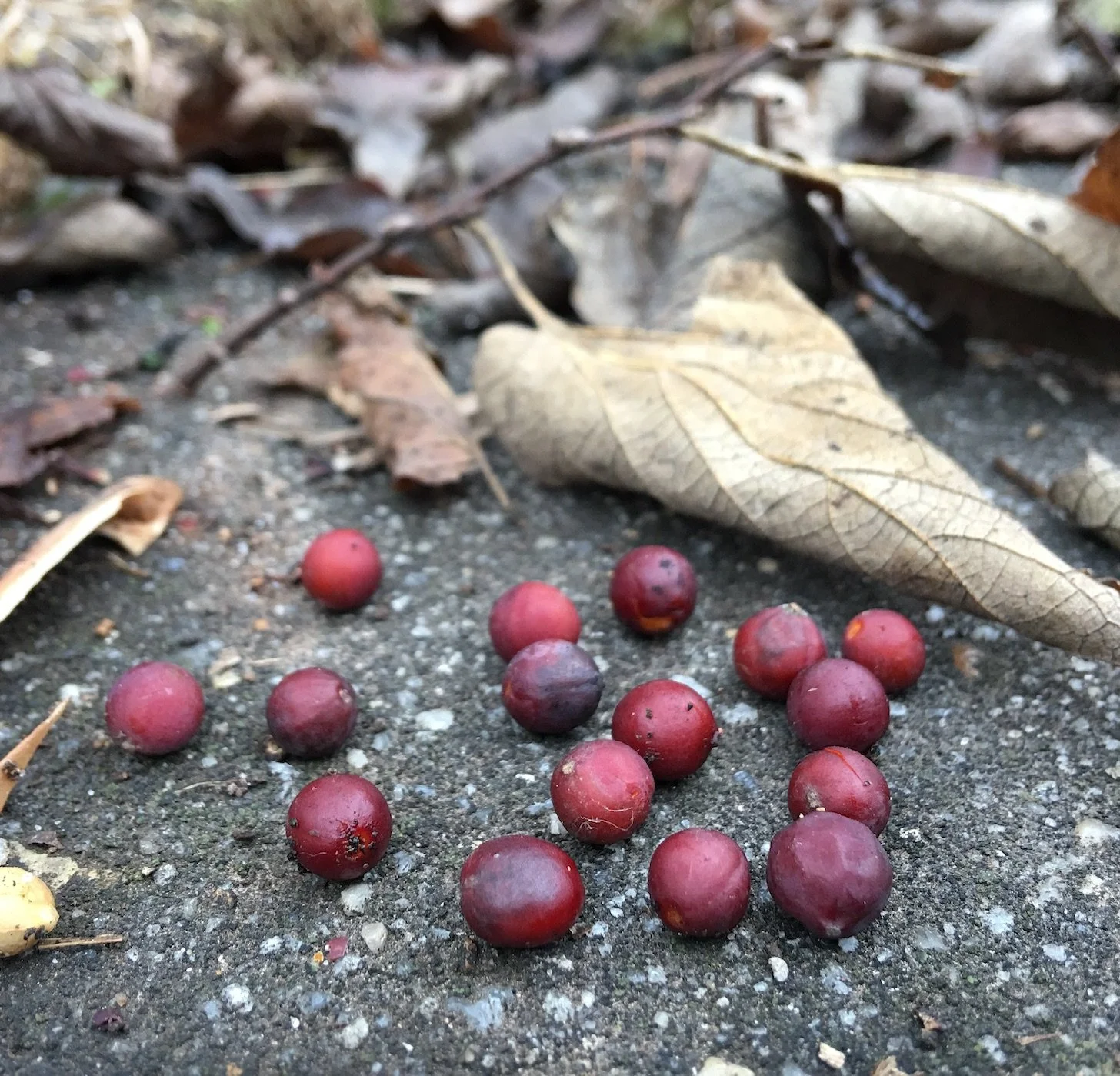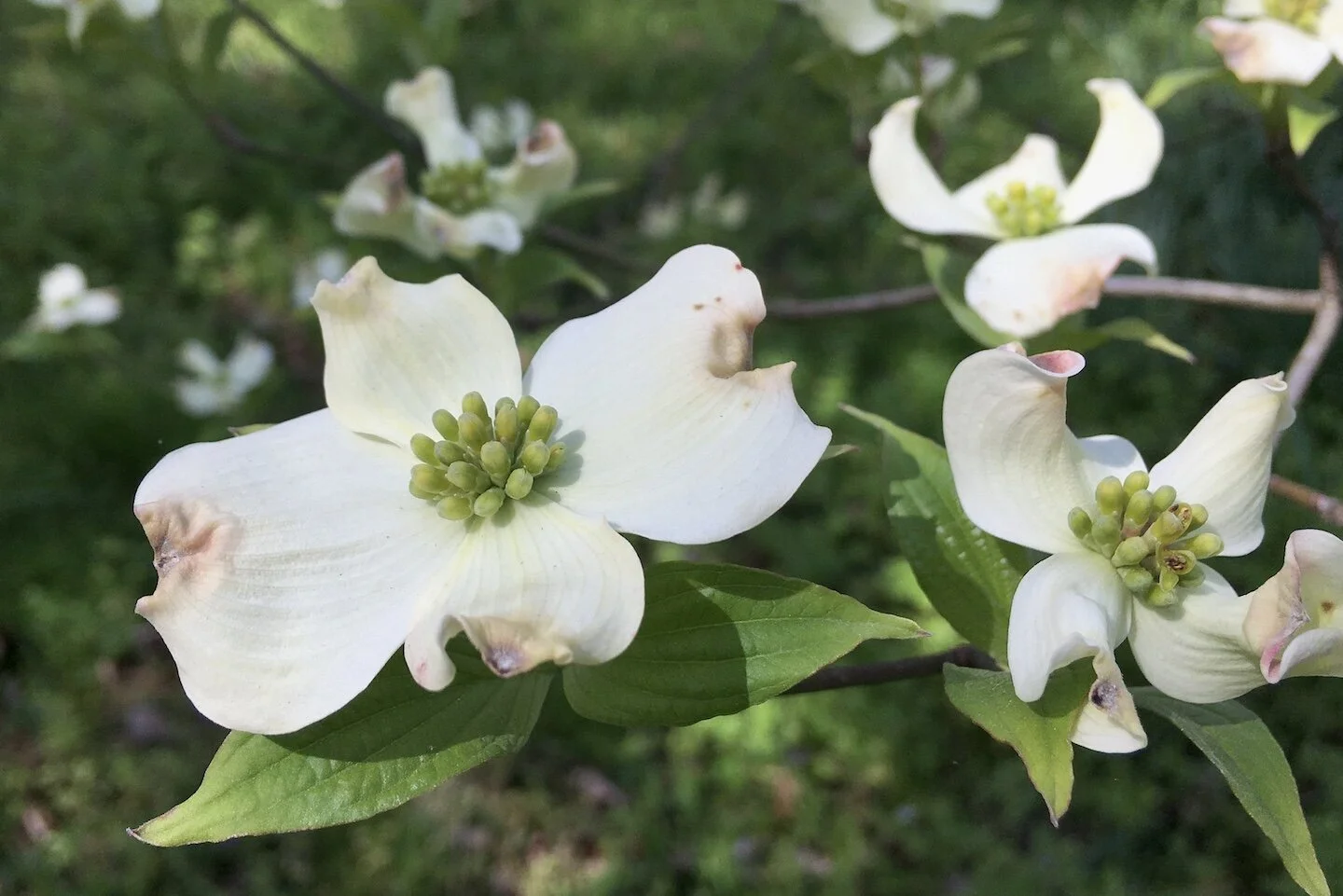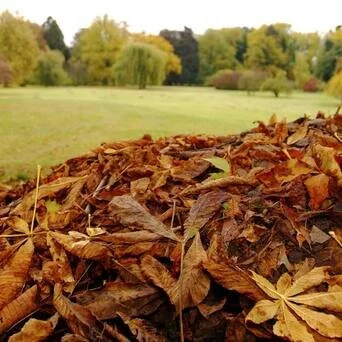Learn how to spot black knot, a fungal disease that affects plum and cherry trees in Middle Tennessee.
Read MoreThe initiative is a city-wide effort to engage governmental departments, businesses, organizations, and residents to make their contribution to Nashville’s canopy. Read on to learn how you can participate.
Read MoreLearn how planting trees along roadsides, in downtown areas and in your own yard can help improve air quality and reduce pollution.
Read MoreAn unhealthy tree is not only at risk of being lost, but it may also pose risks for injury or property damage. Read on to learn the main signs that your tree is weakening or in poor health.
Read MoreSaplings take some time to adjust once they’re planted in a new place, and it will take a couple of years to see noticeable growth in height. Find out why!
Read MoreFrom evergreens to oaks to hackberries, trees provide food and shelter for many creatures all winter long. By planting a native tree, you can support our local ecosystem and the birds and small animals that depend on it.
Read MoreLearn how these four trees that have been imported for ornamental or utilitarian purposes, pose a threat to native plants and wildlife in our parks and yards.
Read MoreNashvillians have strong feelings about hackberries, one of the most common trees in our area. But despite their troublesome reputation, hackberries can offer many benefits in the landscape.
Read MoreWhen planning your yard, it’s important to choose trees that work for your needs. Learn how shorter trees can contribute to a high-performance landscape.
Read MoreThe Elm tree has several native American species, and can be found throughout Nashville. Read on to learn how you can care for the Elms in your yard.
Read MoreLearn how a tree’s root system can absorb water to manage stormwater runoff and what communities and homeowners can do to plant the right trees for the job.
Read MoreDid you know that native trees help “make” butterflies? Our native Middle Tennessee tree species, especially oaks, host hundreds of species of butterflies. Exotic species such as ginkgo, crepe myrtle, Japanese maple and Yoshino cherry have evolved on other continents and do not offer similar support for butterflies and other local wildlife. This is another reminder that native plants are the foundation of all local ecosystems.
Read MoreSassafras trees in Nashville and Middle Tennessee are under threat from Laurel wilt, a fungal disease that skipped across hundreds of miles and reached our region sooner than expected.
Read MoreRead on for how vines can be a problem for the health of a tree since they block air and light from the bark, which can make the tree unhealthy, weaker, and more prone to accident.
Read MoreGinkgos are long-lived, sturdy trees whose fascinating history explains why they are such a great tree to contribute to a city’s canopy.
Read MorePlanting a native tree creates habitat for birds, bees and butterflies and helps to build a healthy ecosystem.
Read MoreHomeowners can use Fall leaves to build their soil and maintain the health of their trees, yards and gardens.
Read MoreThe Metro area is losing canopy cover from total branch removal on individual trees, which can be stopped if homeowners understood the damage being done.
Read MoreWhen planting a tree, roots should be kept near the surface level of the ground so they can get enough air, water, and topsoil nutrients during early stages of growth.
Read MorePiling mulch high around a sapling rather than spreading it out evenly can damage a tree’s root development. If it survives, it may be weaker and more hazardous than healthy trees.
Read More



















